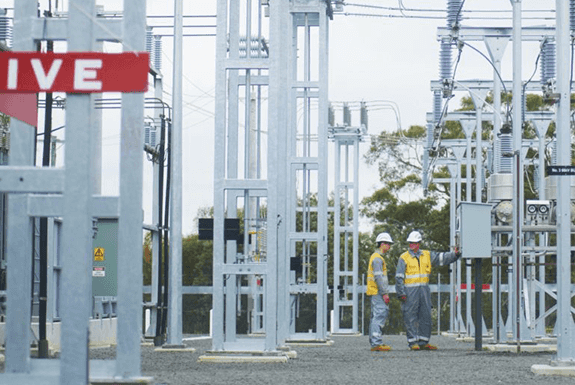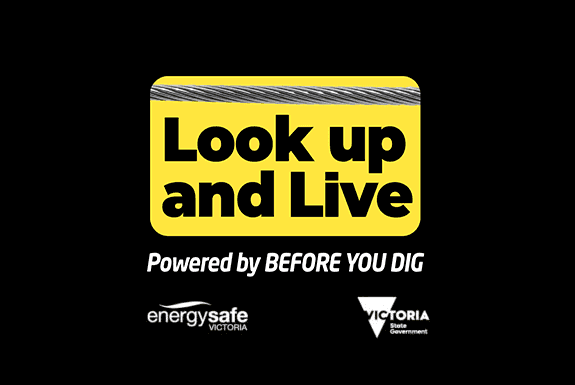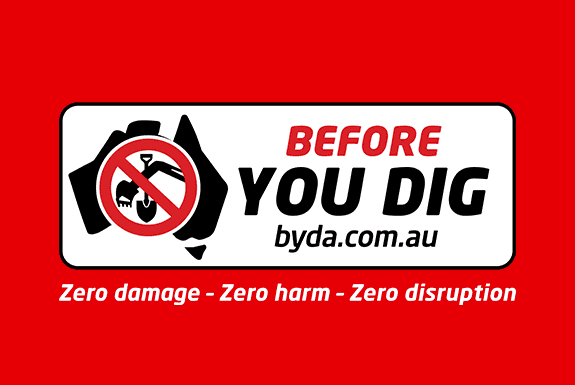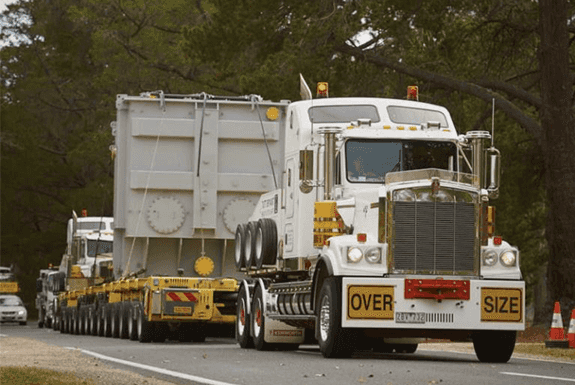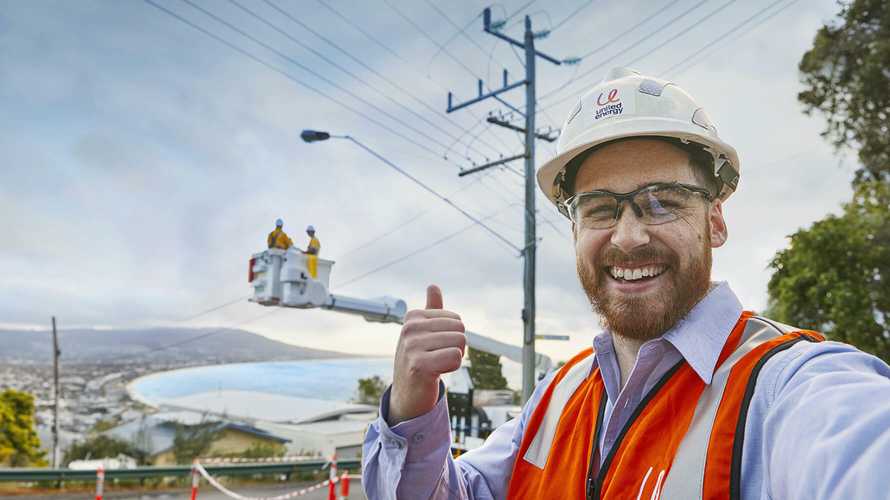Working near powerlines
Whether you’re at home or at work, electricity is central to almost all aspects of our everyday lives. So, it’s essential to take care and be mindful of electrical safety to keep you, your family and your work colleagues safe.
No Go Zones
No Go Zones are designed to keep workers and the public a safe distance from electrical assets. Contractors must apply for an assessment and permit for any work that needs to take place within a No Go Zone.
Look Up and Live
Whether you’re using heavy machinery with long booms, or a civil contractor or builder relying on big deliveries, high scaffolds or even hand-held machinery, then you need to be aware of electrical clearance zones.
Before You Dig
Safety is a fundamental aspect of any digging or excavation project.
The Before You Dig service should always be your first point of contact before starting any project.
High load transport
High loads greater than 4.6 metres have the potential to damage power assets and put drivers and the public at risk.
It’s important to plan for high load transportation by plotting a safe route and applying for the correct permits.
High voltage isolation
To get approval for a high voltage isolation request you’ll need information detailing the purpose for the isolation and any prescribed works being undertaken by a Registered Electrical Contractor.
The planning of switching instructions to isolate work is a complex process which requires coordination across our network control centre and all teams active in the vicinity of the planned works.
Please allow a minimum of 30 business days for the isolation to be arranged once we have accepted your request and payment is received.
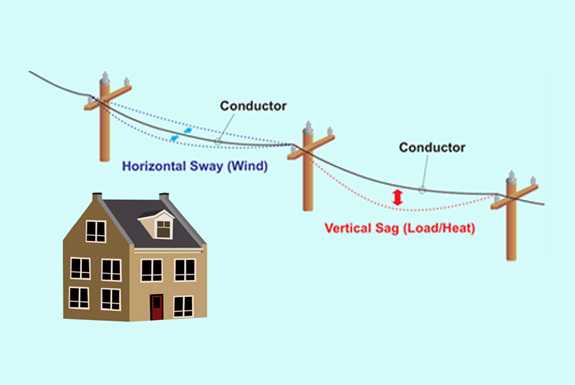
Sag and Sway calculations
If you are building a new structure or altering an existing structure in the vicinity of overhead powerlines, or need further information about the No Go Zones or Registered Spotters, please visit the Energy Safe Victoria information page.
If you require Sag and Sway calculations of overhead powerlines to ensure your new or altered structure will be compliant once constructed, submit an application for a Sag and Sway assessment via our myEnergy portal.
Facilities Access Agreements
We support our industry partners by providing leased space for their equipment on our distribution poles through a Facilities Access Agreement.
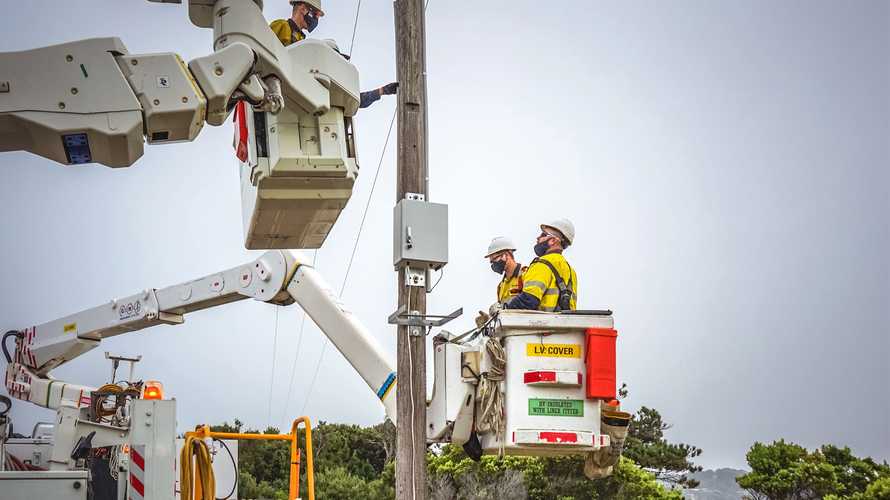
Industry advice
The Energy Safe Victoria (ESV) website contains guidance and information relating to working near powerlines, including:
- No Go Zones and registered spotters
- aerial powerline locations
- building a new structure or altering an existing structure near overhead powerlines.
Special provisions apply for plant and equipment operating near overhead power lines such as cranes, concrete placing booms, excavators, elevated work platforms, tip trucks and load shifters. For guidance visit the WorkSafe Victoria website.


